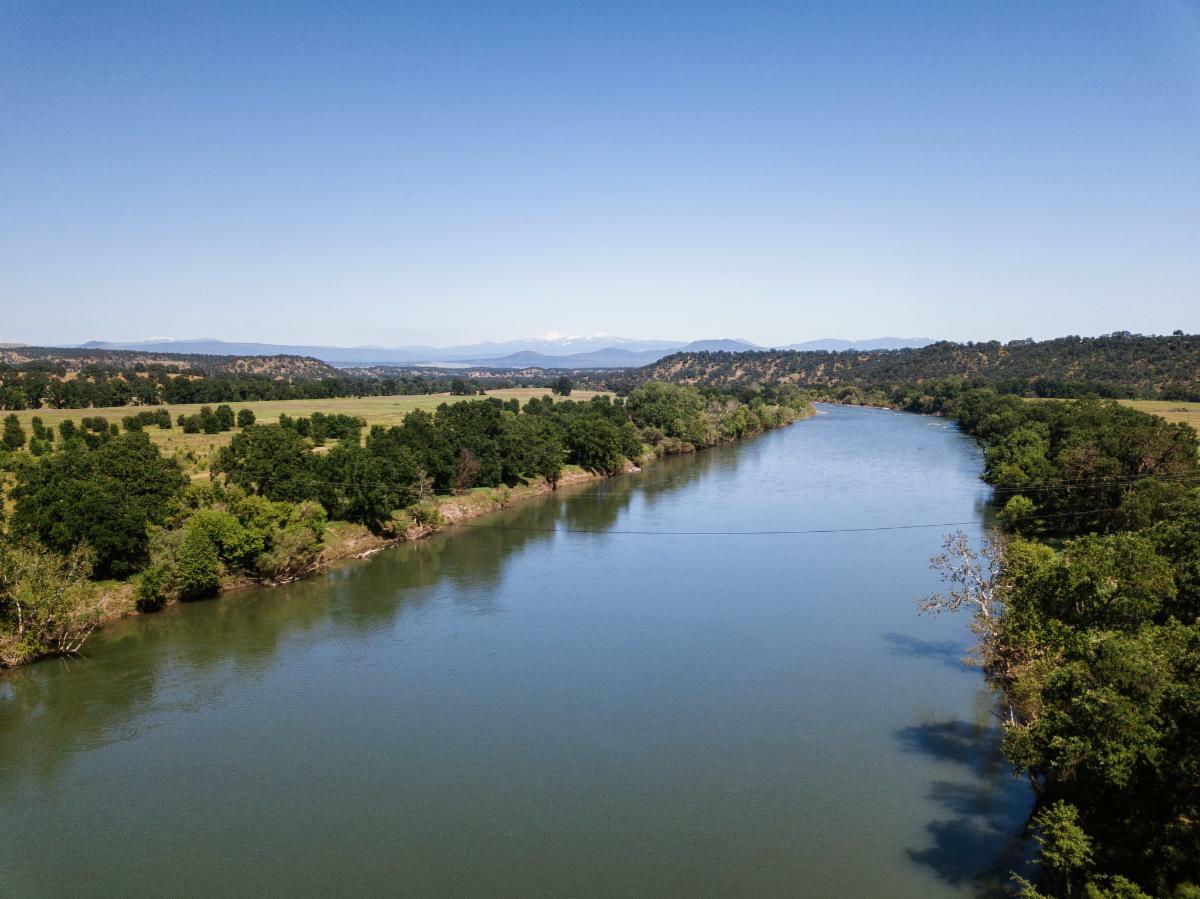San Francisco Bay Fish Report for 1-22-2024
You Are What You Eat: Decoding Diet Differences Between Green and White Sturgeon
San Francisco Bay - San Francisco, CA

by FISHBIO
1-22-2024
Understanding an animal’s diet plays a key role in developing effective conservation and management strategies. Biologists typically collect data on what fish are eating either by directly looking at stomach contents or through a method called stable isotope analysis. Stomach content analysis is useful for identifying the prey a fish consumes, but it only reveals a snapshot of their diet and involves pumping the fish’s stomach, increasing the risk of stress and injury. Samples for stable isotope analysis, on the other hand, can be obtained by collecting a small amount of blood or muscle tissue. Stable isotopes are specific variations of elements such as carbon or nitrogen present in the food that animals eat, which, in turn, become incorporated into their bodies. By evaluating the “stable isotope signature,” or proportions of different stable isotopes contained within different prey types across various habitats and comparing them to the stable isotope signature of a fish’s tissues, scientists can get a sense of where and what the fish has been eating over a longer time scale.
A recent collaborative study by scientists from UC Davis, FISHBIO, and the US Fish and Wildlife Service used this approach to examine diet differences between green sturgeon (Acipenser medirostris) and white sturgeon (A. transmontanus), two species that inhabit the San Francisco Bay Estuary (Miller et al. 2023). Although closely related, these species have distinct life cycles. For example, green sturgeon spend more time in marine habitats than white sturgeon, but both spawn in the Sacramento River and reside in the San Francisco Bay for some time. Both species are of conservation concern – the population of green sturgeon in California is listed as Threatened under the Federal Endangered Species Act, and white sturgeon are listed as a State Species of Special Concern in California. Sturgeon typically cruise along the bottom of rivers and estuaries in search of prey, using their protrusible mouths to vacuum up crustaceans and clams. Although scientists believed that green and white sturgeon feed on similar prey, this study represented the first comparative analysis of the species’ respective diets.
The researchers performed stable isotope analyses on sturgeon blood, as blood samples can be collected in a less invasive manner compared to traditional stomach sampling. Blood samples were collected from green and white sturgeon in San Pablo and Suisun bays in the fall and spring months from 2011 to 2012. The samples were then separated into whole blood and plasma for each fish. Plasma samples are useful for analyzing short-term diet composition – typically less than three months – while whole blood can be used to determine diet composition over three to 12 months. Using both types of samples together can track changes in food sources over time and even reveal movement among different habitats.
Once the isotopic analysis was complete, results were compared between the two species while also including length as a factor to identify any variation in diet among different sizes of fish. Carbon isotope signatures can be used to distinguish between freshwater and marine prey types. Results for both species showed that larger fish had higher carbon levels than smaller fish, suggesting adults consume more marine prey. Nitrogen isotope signatures are used to determine the trophic level – or the relative position of an organism in the food web – at which an animal feeds. Unlike carbon, nitrogen values did not vary significantly with fish length for either species, suggesting that fish across the sampled size range feed on prey at the same trophic level. Further, carbon values did not significantly differ for either species between plasma and whole blood samples, indicating that the habitats where fish had been eating most recently were representative of where they feed along the salinity gradient from the entrance of San Francisco Bay to the freshwater of the Sacramento River.
The isotope signatures show that green and white sturgeon differ in their food sources, generally reflecting a longer marine residence for green sturgeon in comparison to white sturgeon. Moreover, the habitat and ecological roles that each species occupies, known to ecologists as a “niche,” appeared to have little overlap. Understanding the differences and overlap in food sources for green and white sturgeon is critically important in identifying possible competition between the two species, and may also help managers predict how these species will respond to a changing climate and resulting shifts in available prey. Stable isotope analysis is a valuable tool for studying life histories, movement patterns, and dietary preferences of sensitive and rare species, and it is likely to be an increasingly valuable addition to the toolkit of ecologists and resource managers.
FISHBIO is a dedicated group of research scientists, engineers, and technicians that specialize in counting, tracking, and analyzing trends in fish and wildlife populations throughout the world. An expert staff, technical capacity, and state-of-the-art equipment make FISHBIO a trailblazer in aquatic research. For more information, please visit FISHBIO.com
Photos

Website Hosting and Design provided by TECK.net



